The 1979 Report of the President’s Commission on the Holocaust, which led to the creation of the US Holocaust Memorial Museum, stated, “Only a conscious, concerted attempt to learn from past errors can prevent recurrence to any racial, religious, ethnic, or national group.” The “lessons learned” project of the Museum’s Simon-Skjodt Center for the Prevention of Genocide is one way the institution seeks to carry out the charge to identify lessons from history that can potentially contribute to saving lives by preventing future genocides and related crimes against humanity. To identify these insights, we reviewed academic articles and think tank reports, and interviewed experts. We then distilled this body of policy-relevant knowledge into an accessible, practical resource.
Explore the results of our research review, including information on 12 atrocity prevention tools and the factors that are associated with their success.
InteractiveFind key conclusions from our research and implications for policy makers and researchers.
Learn how we conducted our research review and interviews with experienced practitioners.
REPORTS AND DOWNLOADS
Find key reports, summaries of practitioner interviews, and CSV files of all of the collected data.
This report discusses four types of strategies that can be used to help prevent mass atrocities.
ReportThis report discusses how lessons and other evidence can be used more effectively to help prevent mass atrocities.
Report
Additional Resources
Applying Tools for Atrocity Prevention in Cameroon
This blog discusses how practitioners can use the Simon-Skjodt Center’s Tools for Atrocity Prevention resource to inform and strengthen policy responses to specific cases.
We asked experienced practitioners: What makes targeted sanctions more likely to prevent atrocities?
The Simon-Skjodt Center interviewed experienced practitioners working on targeted sanctions in the US government to summarize experiential knowledge about the use of targeted sanctions to help prevent mass atrocities.
Distilling the Atrocity Prevention Literature: A Guide for Policy Makers and Researchers
To help policy makers and researchers seeking to understand the key findings from our Lessons Learned project, we distill and summarize evidence about success factors associated with the effectiveness of atrocity prevention tools.
This Section
Find information on historical cases of genocide and other atrocities.
